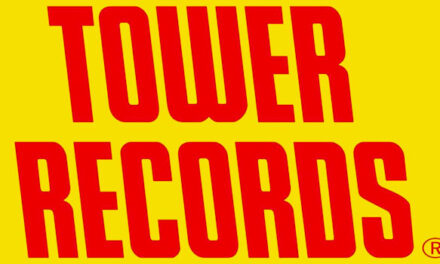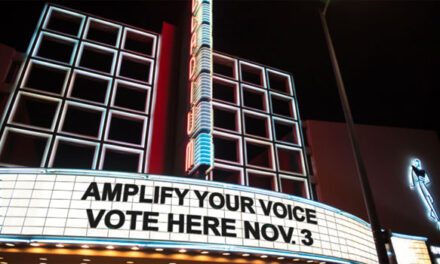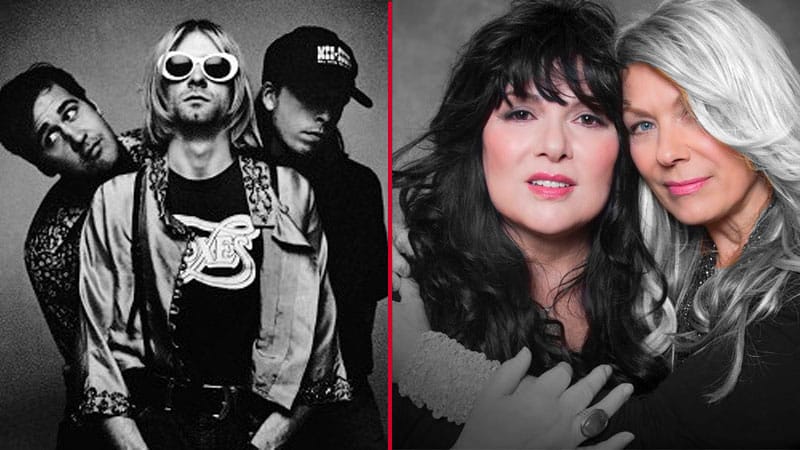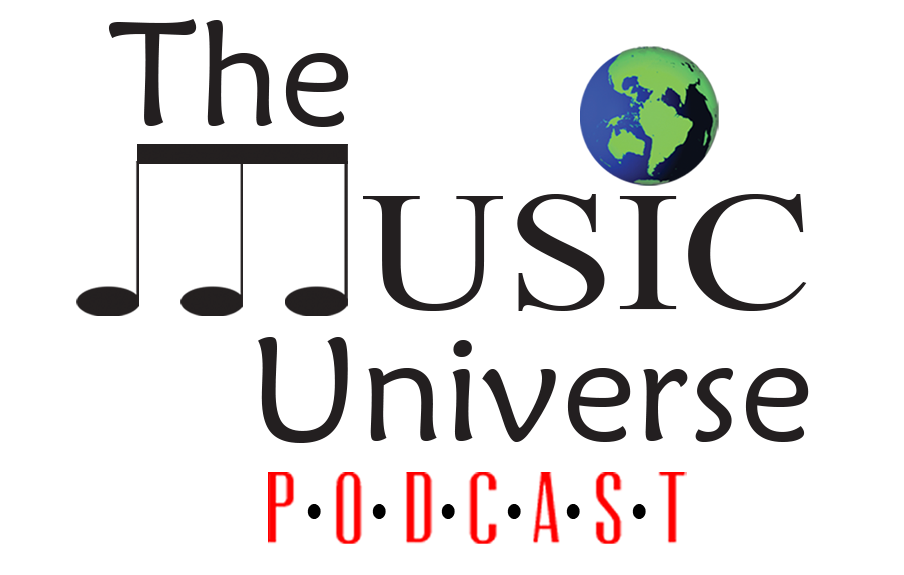Inaugural exhibit examines role of music in informing and inspiring social conscious throughout American history
Songs of Conscience, Sounds of Freedom, curated by the GRAMMY Museum in Los Angeles, examines the role music has played in informing and inspiring social consciousness throughout American history. Charting a path from spirituals sung by enslaved people in America and the songs and sounds of the American Revolution, to the mass movement of music and art that helped to stir action during the Civil Rights Movement of the 1960s, to the continued fight for racial justice in America today, the exhibit spans time and genre to tell the stories of music’s role as a source of inspiration and education. Songs of Conscience, Sounds of Freedom opens on Saturday, January 15, 2022, and runs until May 8, 2022.
The exhibit was first on display at the GRAMMY Museum when it opened in Los Angeles in 2008. In the 13 years since that initial run, the exhibit has been updated to include how music from artists like H.E.R., Dave Specter and Mickey Guyton continue the traditions of using music as an agent and catalyst for social change.
Additionally, Songs of Conscience, Sounds of Freedom will include a newly expanded section, “The Sounds of Los Angeles,” that explores Los Angeles-based social movements and events that have inspired protest songs spanning a variety of genres and communities, the Chicano Movement that formed during the 1960s and 1970s, the 1965 Watts Riots/Rebellion, the 1992 Riots/Uprising, and the city’s history of poverty and economic disparity, gang violence, and police corruption. Featured artists include Lalo Guerrero, Mark Guerrero, Frost, Kim Weston, Randy Savvy of Compton Cowboys, Chuck D, and more.
“Songs of Conscience, Sounds of Freedom returns to the GRAMMY Museum at a particularly relevant time,” states Bob Santelli, Founding Executive Director and Exhibit Curator. “Although socially and politically conscious songs have healed and inspired generations throughout our history, it feels especially significant to showcase the power of song as a unifying force and agent of change in the midst of America’s current struggles for equality.”
“Los Angeles’ connection to the creation of socially conscious music is undeniable,” adds Nicholas Vega, GRAMMY Museum Curator and Director of Exhibitions. “In this newly expanded section, the GRAMMY Museum partnered with a number of local artists to shine light on the community-based movements that have impacted the city’s identity and history, and inspired the creation of socially and politically charged music.”
Songs of Conscience, Sounds of Freedom will also include “Song Spotlights,” individual video displays that feature artists talking about a specific socially conscious songs, including, Andra Day discussing Billie Holiday’s “Strange Fruit;” Noel Paul Stookey recalling the importance of Bob Dylan’s “Blowin’ in the Wind;” and Ziggy Marley discussing his father’s song “Get Up, Stand Up.”
Exhibit highlights include Woody Guthrie’s Tenor Banjo (May Bell) used during the “Woody and Lefty Lou” radio show in the 1930s; Handwritten lyrics to “I Can’t Breathe” and the Martin LX1 Little Martin Acoustic guitar used by H.E.R. to write the song; John Mellencamp’s Gibson Dove Acoustic guitar with “Fuck Fascism” written on it; Stevie Van Zandt’s Guild electric guitar used during the recording of “Sun City;” Handwritten lyrics to “The Ballad of George Floyd” written by Dave Specter; Custom dress designed by Naeem Khan worn by Mickey Guyton during her performance of “Black Like Me” at the 63rd Annual GRAMMY Awards (2021); and Original flyer from the “First Ever Chicano Rock Concert” held at Cal State LA in 1972.





